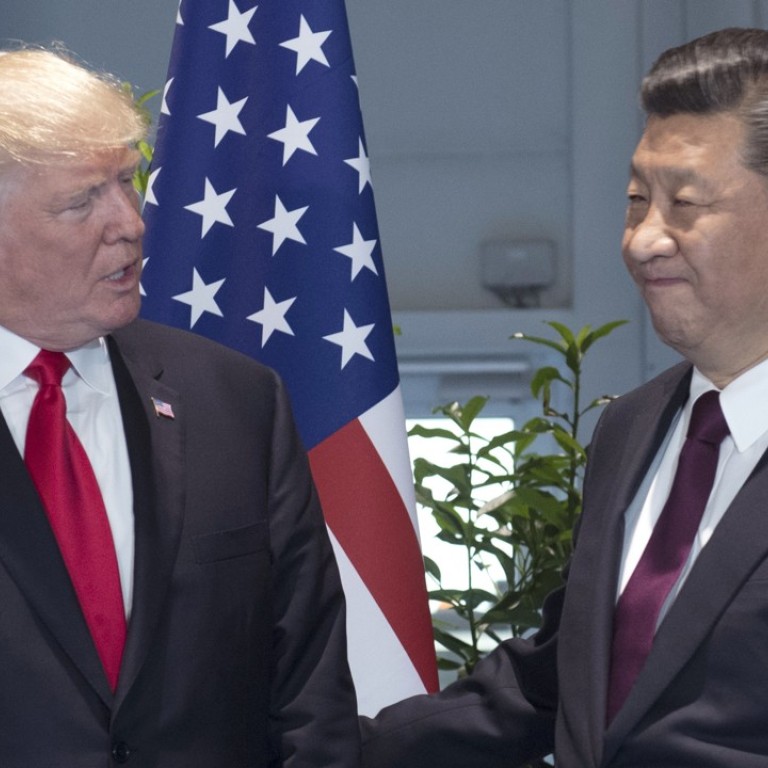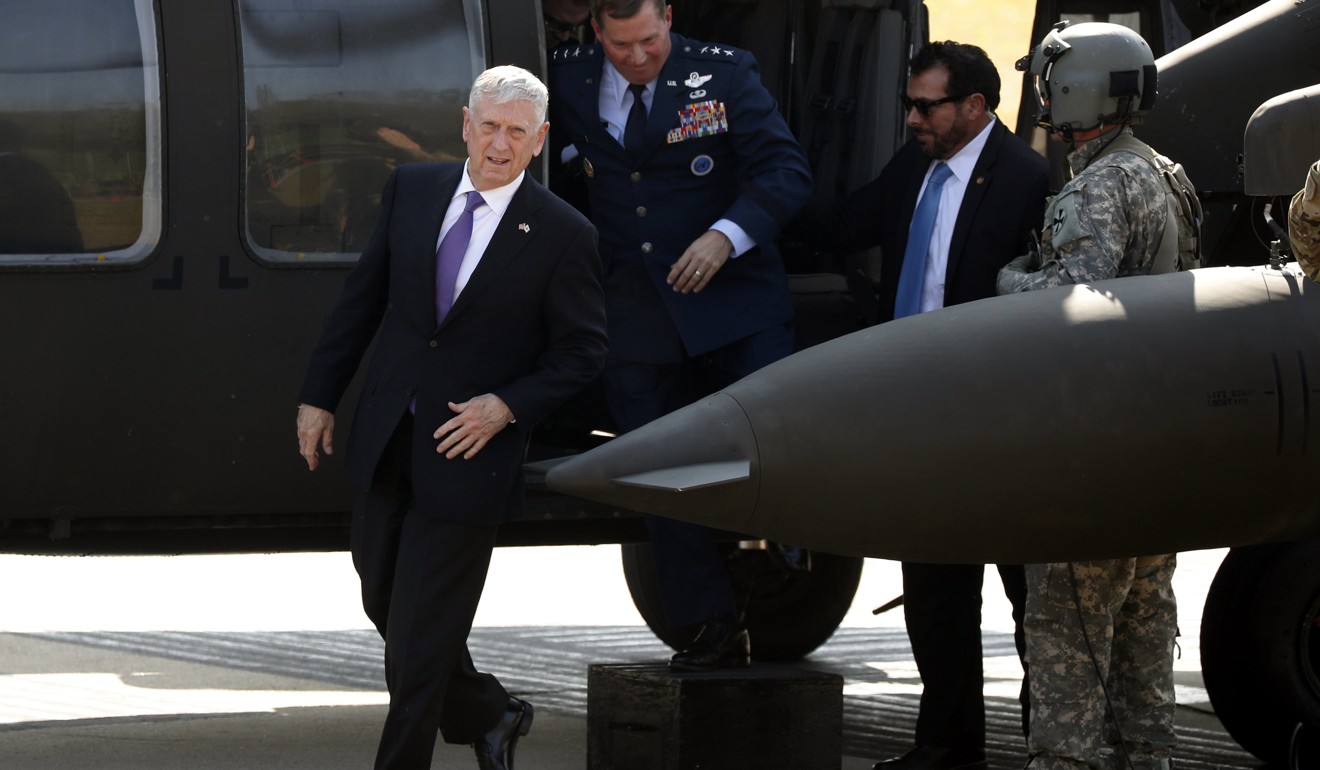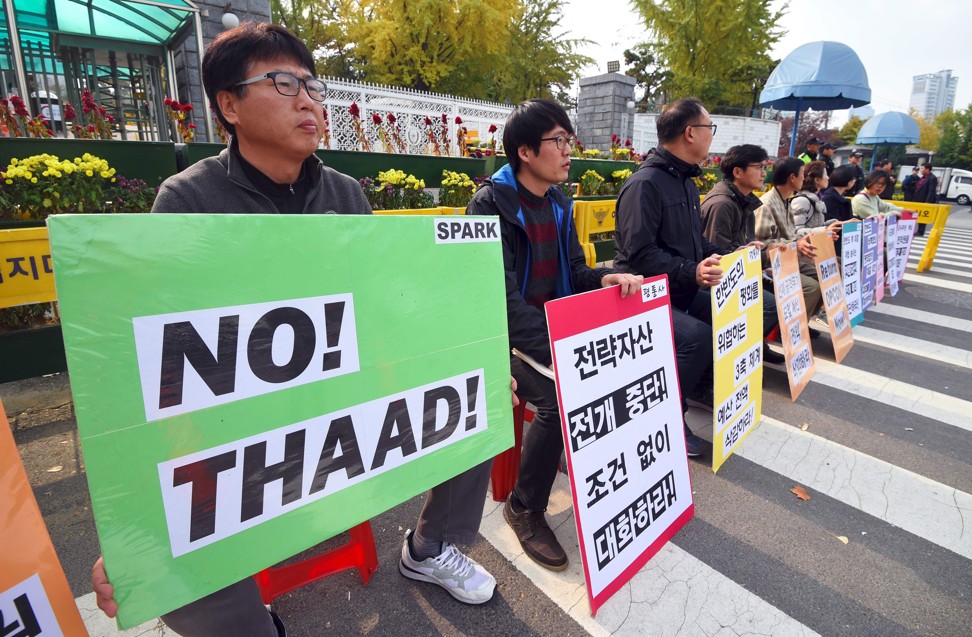
Five things to watch for on Donald Trump’s first Asia trip
The world will be watching as America’s leader makes his first official visit to Asia, where trade deficits and military ties are likely to be among the hot topics
US President Donald Trump’s first official visit to Asia gets under way on Friday, with a meeting with Chinese President Xi Jinping scheduled for next week likely to one of the highlights.
After a quick stop-off in Hawaii, Trump will travel to Japan, South Korea, China, Vietnam and the Philippines over the course of 12 days, taking him as close as he is ever likely to get to his greatest adversary – North Korean leader Kim Jong-un.
As well as holding talks with state leaders, Trump will attend the Asia-Pacific Economic Cooperation forum in Vietnam and the US-Asean Summit in the Philippines.
Although he pledged during his presidential campaign last year to be “unpredictable” in diplomacy, here are the five issues that we think are likely to dominate his visit:
1) US Asia policy
Trump’s attitude towards the United States’ long-term allies, as well as partner-cum-rival China during his trip could set the foundations for US foreign relations for the rest of his presidential term.
In contrast to the “Pivot to Asia” approach adopted by his predecessor Barack Obama, Trump has made no bones about putting “America First”. It will be interesting to see how rigidly he adheres to that policy in talks with his Asian counterparts.

2) North Korea
US Secretary of State Rex Tillerson and China’s ambassador in Washington Cui Tiankai have both confirmed that the North Korea issue will top the agenda of the Sino-US meeting.
The restive state has conducted 15 missile tests since February and claims to have developed the technology to land a warhead on US soil.
In response, Trump has repeatedly pressed China to do more to contain its long term ally’s weapons development programme and he is expected to further push Beijing to implement sanctions against Pyongyang and take additional steps to rein in its restive neighbour.
Although China has cooperated with UN Security Council resolutions on Pyongyang, North Korea’s official state media reported that Xi on Thursday expressed his hopes to promote ties between the two countries.
Before meeting Xi, Trump will visit Japan and South Korea – the United States’ closest Asian allies on the North Korea issue – and his talks there could well shed some light on how things might go in Beijing.

3) US military alliances
During his presidential campaign Trump made repeated claims that the US was bankrolling the defence of its Asian allies Japan and South Korea. Though he has yet to make any defence budget cuts, it will be of great interest not only to the United States’ allies but also other nations in the region how much he commits to America’s military development in Asia.
With their shared and deepening concerns over North Korea’s nuclear weapons capabilities, Trump’s talks in Seoul may touch on the deployment of the US Terminal High Altitude Area Defence anti-missile system, an issue that has caused a year-long conflict between China and South Korea.
In Japan, whose defence ties to the US date back to the signing of the Treaty of Mutual Cooperation and Security in 1960, Prime Minister Shinzo Abe is likely hoping Trump will continue to honour the deal.
In September, Trump said he would allow both Japan and South Korea to buy a “substantially increased amount” of sophisticated military equipment from the US.
4) Trade
Trump on Wednesday referred to the United States’ US$347 billion trade deficit with China as “embarrassing” and “horrible”. It should be expected, therefore, that while in Beijing he will be keen to rebalance that relationship by proposing new trade terms.
The ongoing US investigations into China’s alleged dumping of stainless steel flanges and Beijing’s intellectual property practices could also be on the agenda.
The United States’ second-largest trade deficit – US$69 billion – is with Japan, so Trump may look to continue the talks he began with Tokyo earlier in the year covering tariffs on US agricultural products and American car sales in the Asian country.
Trump has also called for a renegotiation of the 2012 US-South Korean free trade agreement which he blames for fuelling a US$28 billion trade deficit as it removed tariffs on more than 90 per cent of the goods traded between the two countries.
In export-dependent Vietnam, the government is likely to push for more trade deals with Trump after the US pulled out of the Trans Pacific Partnership earlier this year.
5) Dealing with Duterte
Philippines President Rodrigo Duterte has been keen to build closer ties with China, so Trump’s visit to Manila should shed some light on the relationship the US and its once firm ally are likely to have in the future.
During a visit to Beijing last year, Duterte, who has accused Washington of treating the Philippines “like a dog”, announced his country’s “separation” from its long-standing relationship with the US.
Since then he has sought to resolve disputes with Beijing over the South China Sea, and recently said the two countries were discussing energy exploration in the waterway.
Any and all of the above could have a significant impact on Sino-US ties.


